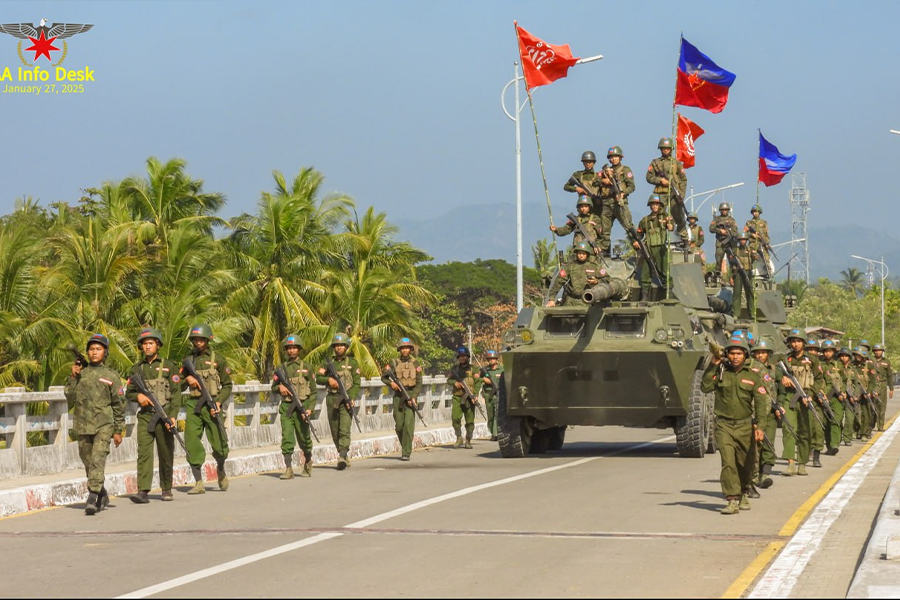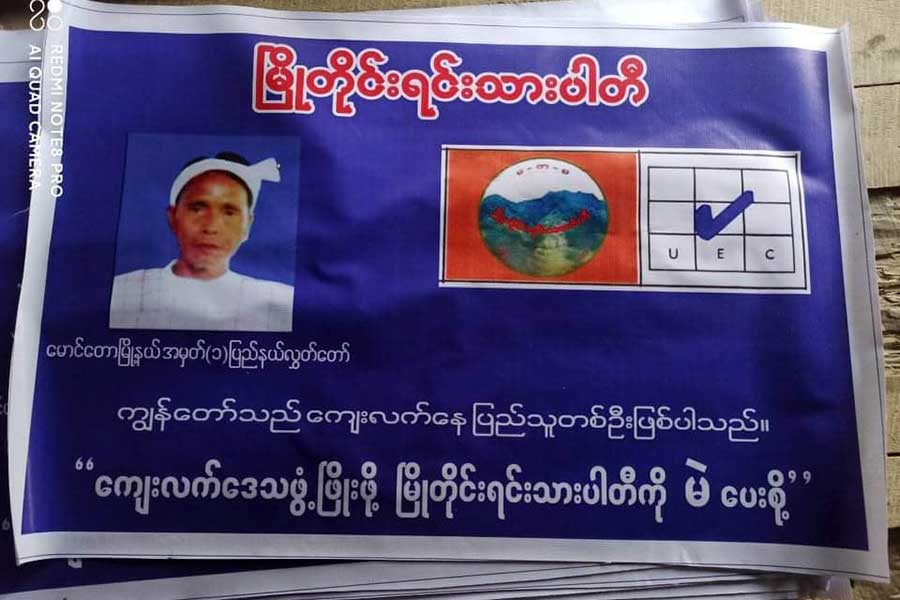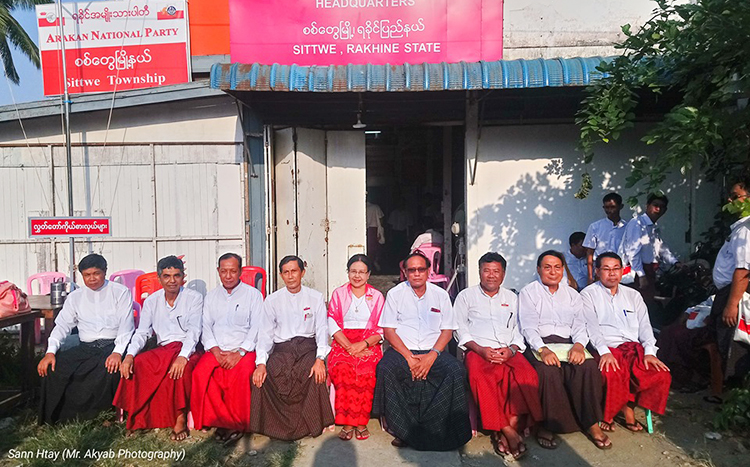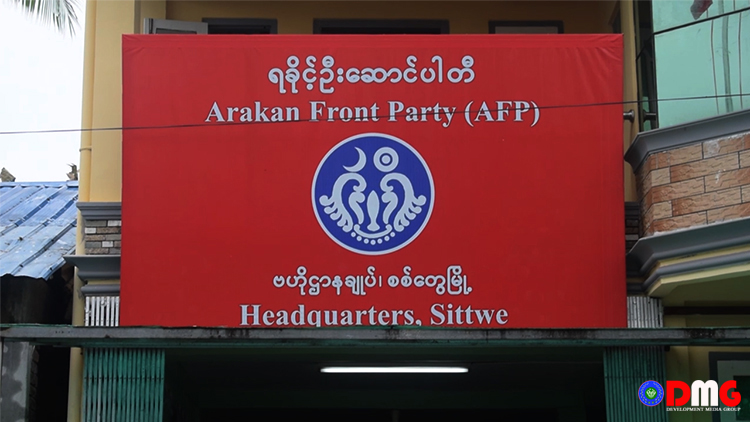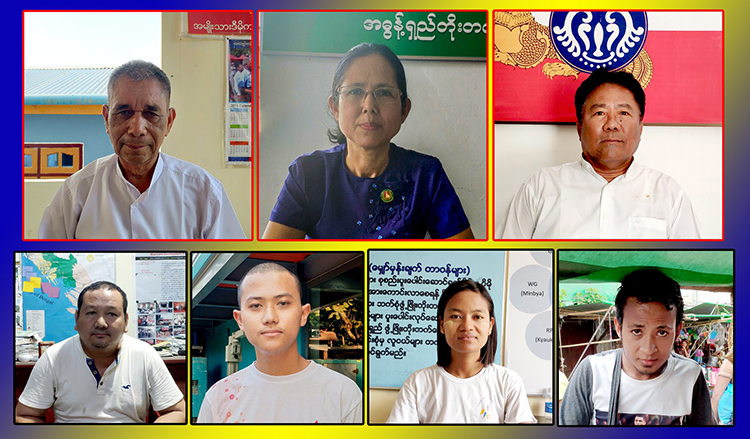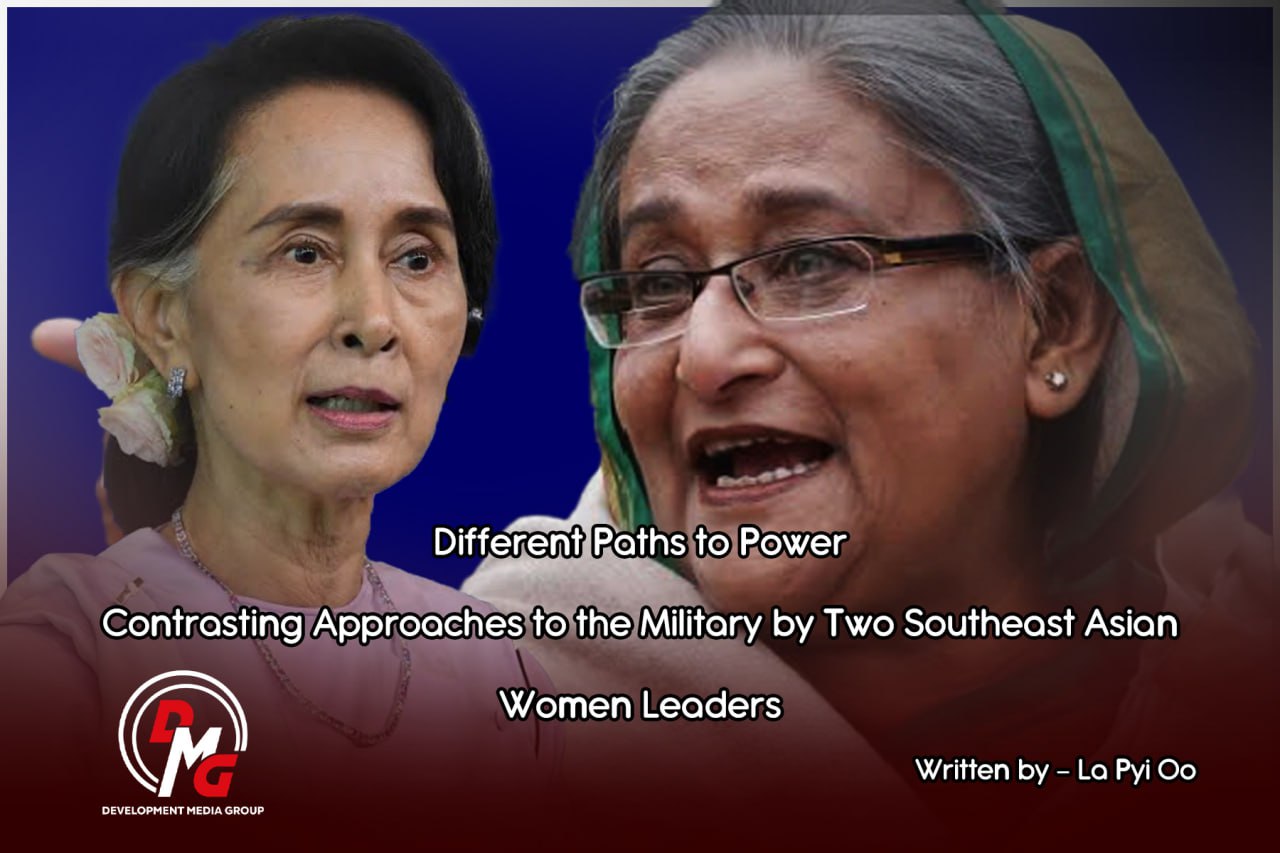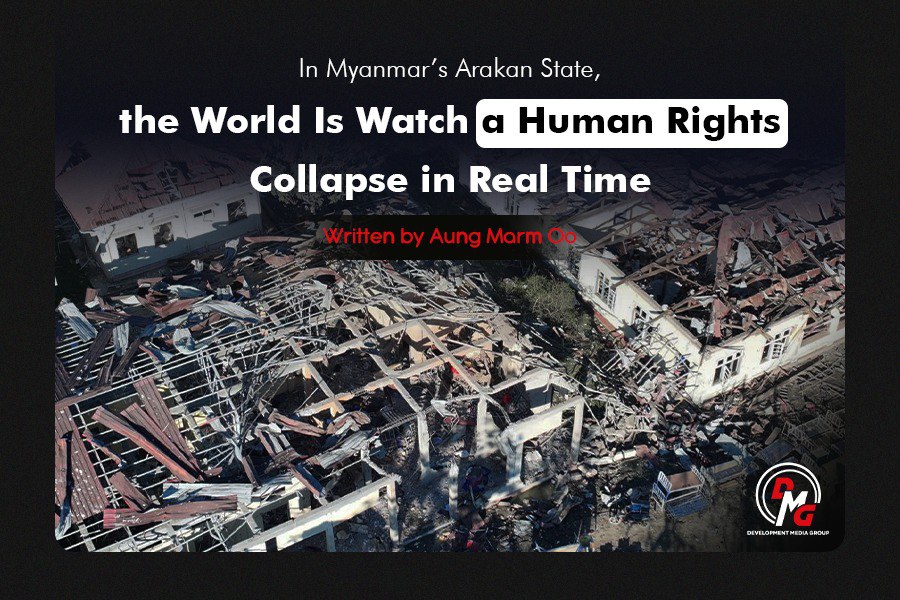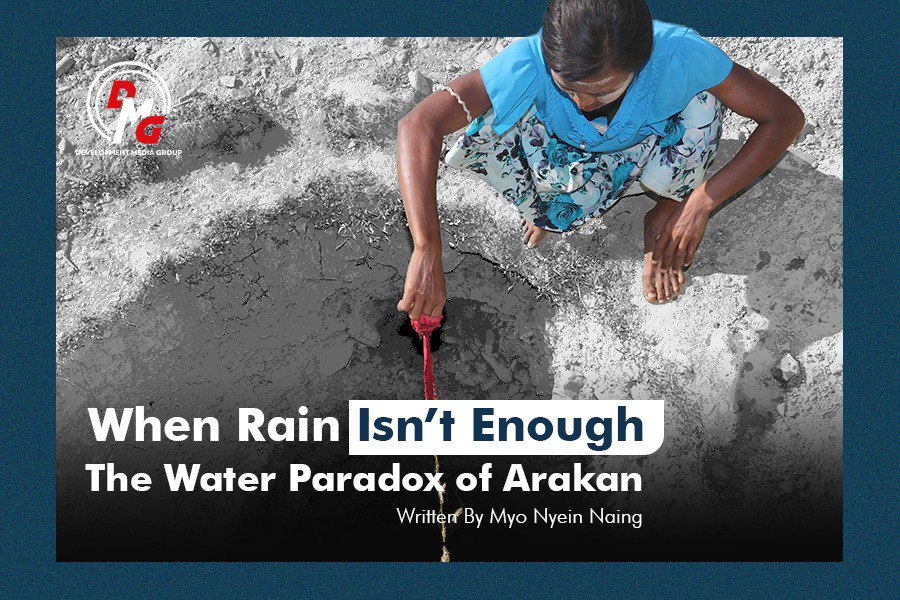- Junta unable to hold elections in dozens of wards and village-tracts in Sittwe, Kyaukphyu
- Fighting escalates between Myanmar military, Arakan Army in Ayeyarwady Region
- Regime steps up civilian arrests in Sittwe
- ULA safeguards Mrauk-U's ancient heritage
- Arakan on the Edge: What the DMG Landmine Impact Report Reveals About Myanmar's Deepening Humanitarian Crisis
About 7 million Myanmar children out of school: research group
Children across Myanmar have been severely deprived of education since the 2021 coup, with around 7 million, or 53 percent, of this year's school-age population out of school, the Institute for Strategy and Policy - Myanmar (ISP-Myanmar) said in a report on August 6.
07 Aug 2025
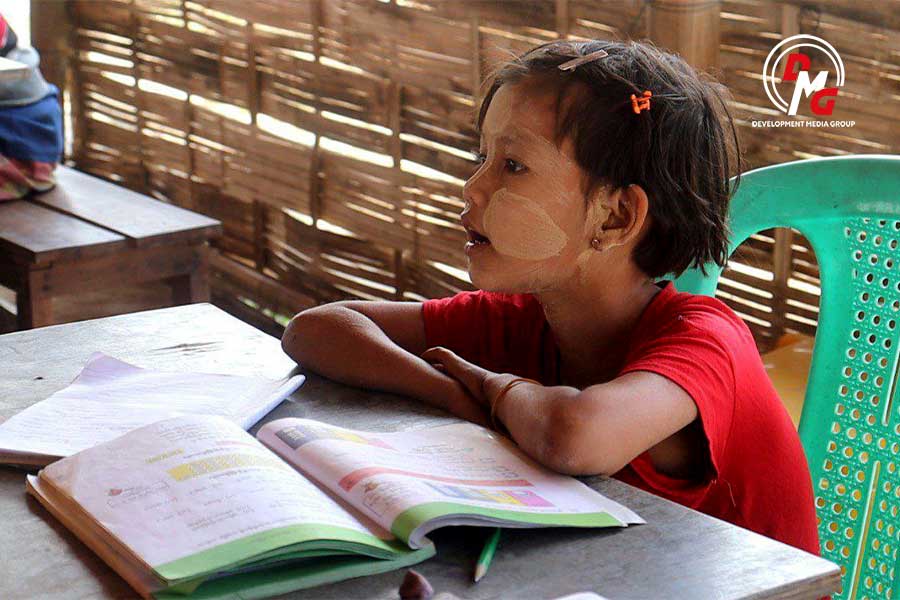
DMG Newsroom
7 August 2025, Mrauk-U
Children across Myanmar have been severely deprived of education since the 2021 coup, with around 7 million, or 53 percent, of this year's school-age population out of school, the Institute for Strategy and Policy - Myanmar (ISP-Myanmar) said in a report on August 6.
In the academic year 2019-20, there were over 9.7 million students enrolled, but in the 2025-26 academic year, there were only 6.1 million.
According to the 2019 Inter-censal Survey (ICS) in Myanmar and the United Nations Population Fund, the school-age population is estimated to be around 13 million. Based on this figure, around 7 million school-age children are missing out on 53% of all school-age children this academic year, according to the ISP-Myanmar report.
Aid workers say the airstrikes by Myanmar's military regime and the economic crisis following the military conflict are major challenges to children's access to education.
"Due to the military regime's airstrikes, education has been disrupted and is not adequately provided. Even if schools are opened for children, stationery such as books and pencils are difficult to obtain. As parents have also been unable to support their children's education due to the burning of their homes and the rising prices, access to education is a challenge for children," Ko Soe Moe Aung, founder of S&C Social Assistance Group, told DMG in an interview.
The ISP-Myanmar report points out that economic instability, income inequality, and insecurity amid armed conflict are all contributing to the decline in children's school attendance.
The loss of access to education is greater in areas of intense military conflict, with most schools closed and some built into bomb shelters to protect them from airstrikes by the Myanmar military.
"Since the military coup, there have been many children who have not been able to go to school, especially in Sagaing and Mandalay. In Madaya Township in Mandalay Region, many children have been killed by bombs on their way to school. Children's rights are being lost. They feel that their future is being lost," said a local man in Mandalay.
As many families' livelihood are precarious, many parents are forced to send their school-age children to work, often disrupting their educations.
"I feel sad that other children are going to school and my children are not. In my village, I never forced my children to do any work. Now my children have to cut firewood. They have to carry large logs of firewood on their backs," said Daw Mya Mya Thein, a displaced woman in Arakan State.
The military regime has suffered heavy casualties due to attacks by resistance forces and has increased its use of airstrikes, leading to rising civilian casualties, with children among the most affected.




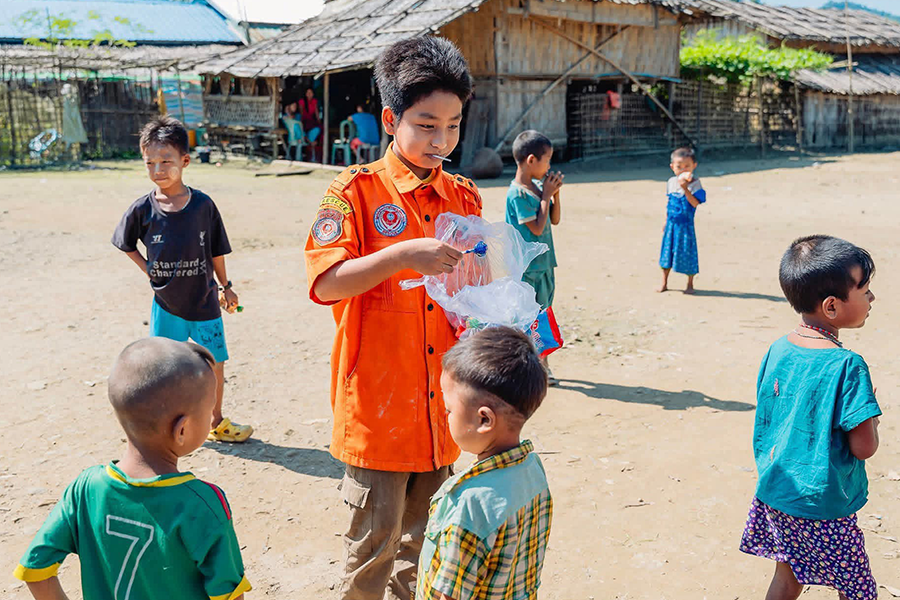
.png)


